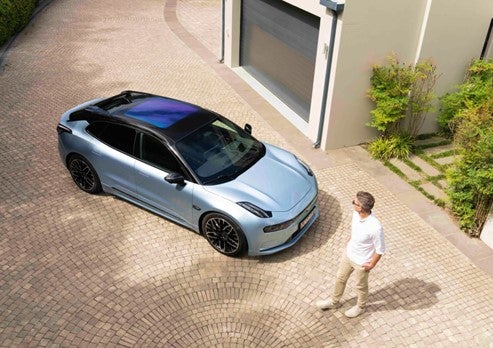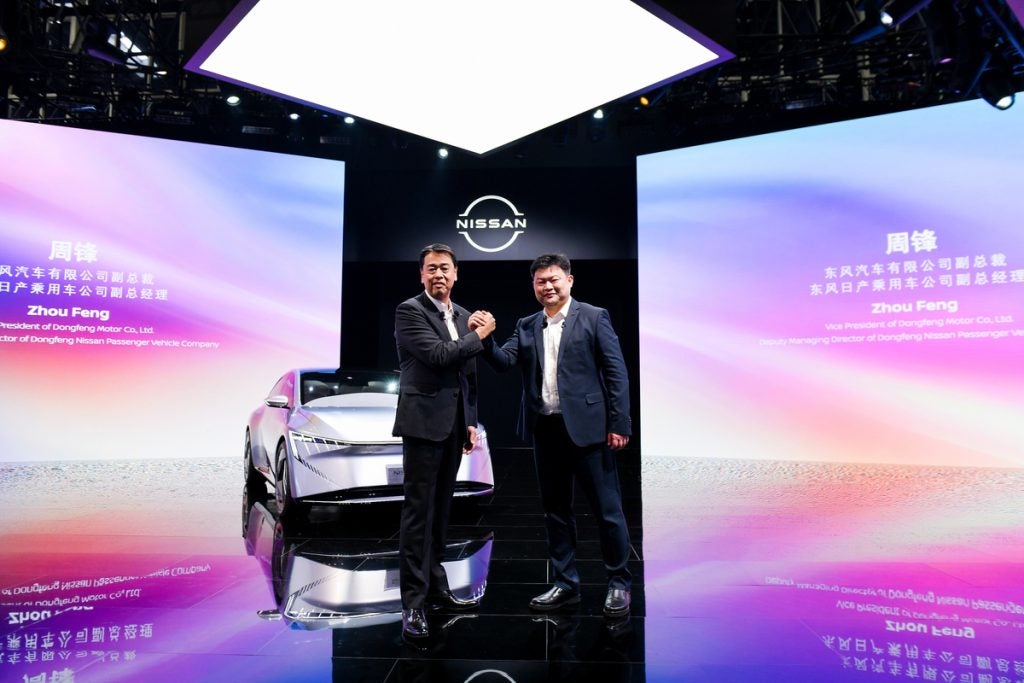Stefan Jacoby, the recently installed head of Volvo Cars, has got a new job that is anything but dull.
Volvo Cars is embarking on a new phase under Chinese owners and the first thing to do is take stock, take a top to bottom look at what Volvo Cars is today. But he also has to consider where Volvo Cars wants to get to – where it wants to be in five years’ time and beyond. And there are, of course, the usual short-term execution issues for the business, as with any car company.
And he needs to carry the Swedes (reassurance) and the Chinese (looking for future added value) with him.
There are some big questions to ponder in terms of future product plans and where the Volvo brand sits in the marketplace. The brand question is one that needs a degree of resolution. To what extent is Volvo a premium brand and, if it is, what are the core brand values that buyers of Volvo cars recognise? What should the manufacturer be stressing in its future marketing and how does that fit the future model portfolio?
I can recall discussions twelve years or so ago about moving the perception of the brand away from the staid image suggested by boxy estates with class leading safety. Volvo, the brand change protagonists said, needed to be seen as a much sportier and dynamic brand if it was to grow.
See Also:
But the thing is, you can’t afford to throw the baby out with the bathwater. If large numbers of people are coming to your brand and are loyal to it, or it appeals to a certain demographic or life-stage cohort, you don’t want to turn them off. You perhaps want to straddle a line that keeps them coming in, while also appealing to new customers who previously wouldn’t have considered your brand. It’s perhaps a tricky line to straddle in terms of maximising sales and maintaining clarity in the communication of core brand values to the market. Safe, sturdy and reliable with a sporty twist might be a difficult sell to some parts of the market.
How well do you really know your competitors?
Access the most comprehensive Company Profiles on the market, powered by GlobalData. Save hours of research. Gain competitive edge.

Thank you!
Your download email will arrive shortly
Not ready to buy yet? Download a free sample
We are confident about the unique quality of our Company Profiles. However, we want you to make the most beneficial decision for your business, so we offer a free sample that you can download by submitting the below form
By GlobalDataA Volvo C70, I would suggest, appeals mainly to a different customer-type than the BMW 3 Series Convertible. The brands and the respective products send out a different message. I looked at a C70 the other day and I liked the mature design (has aged well – though it is overdue for full replacement), the neat interior (‘floating’ centre console gets me every time) and even the ‘utility’ package – plenty of boot space even with roof down. There are also some efficient diesel engines. Add in the perceived Volvo brand values of sturdy construction and class-leading safety and I think we have a product that is quite far removed in terms of customer appeal from the more sports performance oriented BMW.
Volvo needs to work out where it is positioned in the market, what the existing customers put value on and where there may be new customers out there – all of that in the context of planned new product programmes.
Stefan Jacoby has to devise a business plan and marketing strategy that goes down well in Sweden and China. In the case of the Chinese, that may mean pointing out in the first instance that Volvo the brand may be a premium player, but that premium does not come with quite the same values as, say, BMW. They are different animals.
And getting the full value out of Volvo in the future starts with understanding what the Volvo brand stands for today. Brand messages to market can of course be tweaked in the future, but fundamental brand perceptions don’t change quickly. If you have acquired something complex but of value, like a premium global car brand, understanding that asset and how you protect its value is priority number one.






